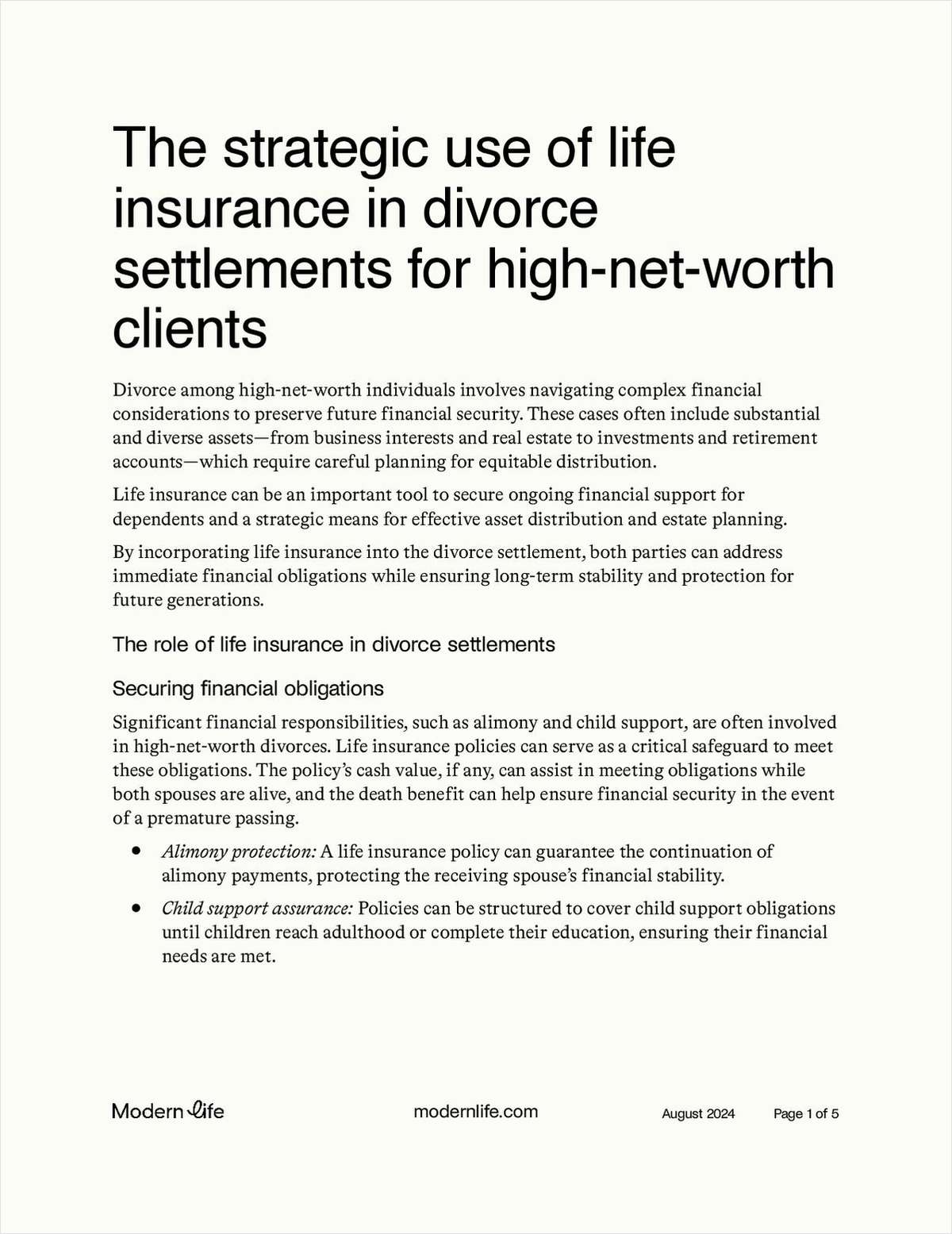Hanlon's Razor dictates, "Never attribute to malice that which is adequately explained by stupidity."
The first 30 days of the PPACA marketplace implementation have left Americans divided as to the appropriate Hanlon choice. Regardless of your viewpoint, one thing on which nearly everyone has agreed is that, thus far, the user experience has been pretty dreadful.
In 1996, Harlan Ullman and James Wade gave a name to the military doctrine intended "to affect the will, perception and understanding of the adversary to fight or respond to our strategic policy ends."
The PPACA version of this doctrine is most likely what the administration had hoped to achieve with the marketplace rollout. Ullman and Wade called it "shock and awe." Sadly (for all of us), what they actually achieved was "shock and flaw".
Shocks began arriving nearly as soon as the marketplaces opened. The very few people who were able to see rates and plan details thought (or hoped!) that what they were seeing was a typo or system glitch. Sadly, they were experiencing bait-and-switch taken to a new level.
One friend emailed me with his experience and gave me permission to quote him here as long as I did not use his name. (He did not want to risk retribution from the government.)
"I am a father of seven who has been buying health insurance since 1999. Our old plan cost $634 a month for family coverage. We had a $10,000 deductible with a 20 percent co-pay after our deductible. Our annual outlay, after taxes, is $17,600 before the insurance kicks in. Our new plan would cost $1,763.98 a month for limited family coverage, with an $11,000 deductible in network and $22,000 out of network and a 30 percent co-pay after the deductible is met. That equates to a 180 percent increase for less coverage — this is the bronze level, the lowest level of coverage."
"That means," he continued, "that before I even get any benefit (other than having a card in my pocket) my household outlay will be, after taxes, approximately $33,000 a year ($21,167.78 plus $11,000). After that, I get to contribute another 30 percent to any services rendered under my new plan. This will be the single largest monthly outlay in my household. It will be more than my house payment, more than all my utilities combined, more than my food bills and more than what it costs me to send my son to a state-run university!"
My friend's total plan cost is in the middle of the pack of increases some are finding. Remember that these are just premium and out-of-pocket costs. For even more disappointment, we need only wait until people start to utilize these plans and realize that their networks and providers are so thin that they are unable to access the facility or provider they want, and that waiting times for non-emergent appointments have skyrocketed.
The flaws began showing up even before the shocks. Brokers attempting to complete certification, available only weeks before the "grand opening" were subjected to misinformation, long waits for CMS to verify that they had indeed finished part one (even though the system showed they had not) and interminable waits for part two of the certification to become available.
In mid-September, one broker described her experience trying to get one small question answered. "I just called the CMS help desk. The 'system' finally verified that I had taken part one. Then it said I needed a higher level of security so I completed that section and it said I was already in the system.



